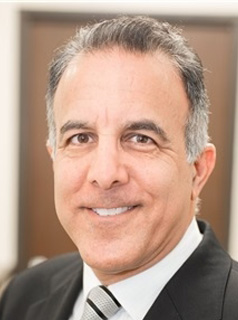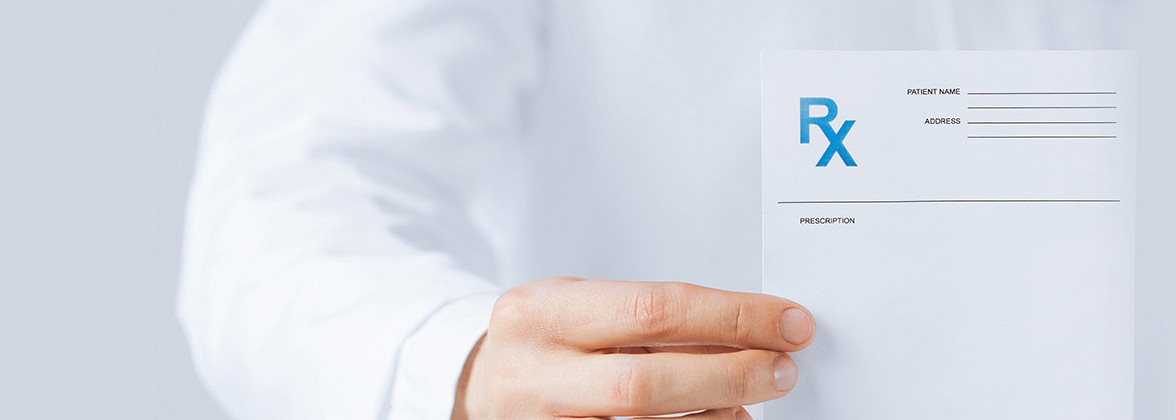New Hope for Breast Cancer Detection In The Form of 3D Mammography
Breast cancer is a serious issue facing women all over the globe, and although there have been some serious strides in prevention and treatment there is no one hundred percent guaranteed cure on the market. This is why it is so very important to get yourself tested, even if you have no signs of breast cancer in your family history, and don’t think you’re at risk yourself. Although taking the time to check yourself for lumps and other formations beneath the skin of your breasts is a good way to make sure you don’t have any threat of falling victim to this type of cancer, it can be difficult to be sure that you’re not missing anything. Getting a proper mammogram from your physician is generally painless, and takes very little time at all. There’s no discomfort, because the process isn’t like a regular mammogram where the flesh is pressed upon, it’s actually an x-ray taken of the tissue. Recently there have been some new improvements in the technology used to verify this information in the development of 3D mammography machines. Read on for more information on these devices and what it means for people worldwide in the fight against cancer:
The Way It Works
Similar to the 2D machines used previously in the detection of lumps and growth in breast tissue the 3D mammography equipment takes images, but is able to compile them into a three dimensional article that allows for better understanding of what each formation is comprised of and whether or not it’s a serious threat to your body. Honor Whiteman of Medical News Today explains: “Tomosynthesis is a technology that works in a similar way to a computed tomography (CT) scan. It takes multiple images of the breast from different angles. These images can be viewed separately or put together as a 3D reconstruction of the breast tissue.” Although other forms of mammography have provided preventative information over the years regarding breast tissue, the ability to miss something vital was always looming. With newer technology allowing for a fuller scope of vision in this area, you can feel more secure in what doctors are able to see and how much more clear the breakdown is of what each visual characteristic is and what it means for the future of your body.
How It Differs From Older Models
As mentioned above, this change in machinery and imagery allows for a much different view of what’s going on inside of your breasts, which means the ability to give you more specific news. It also means getting a more accurate reading on those patients who have previously provided scans that weren’t quite clear and needed follow up procedures in order to properly read the contents of their images. Jennifer Ashton of CBS News reports: “Compared to the traditional 2D image, studies found it increases a doctor's ability to spot cancer by 7 percent. The 3D mammogram also reduces the number of women called back when a result is unclear.” Seven percent may not seem like a lot to worry about on a small scale, but when looking at the big picture and the possibility of catching a life threatening illness before it’s able to grow or spread this is a huge leap in the medical world. Remember that fighting cancer starts with finding it, and if newer mammography equipment allows doctors a better chance at spotting lumps before they grow, you have a far greater chance at staying healthy.
What You Can Expect
Many people fear the unknown of new experiences, especially when there is machinery or equipment that they’ve never been exposed to before, but you have nothing to worry about with this new type of mammography. The scanning procedure takes approximately four seconds and has been fully approved by the FDA. It can be utilized during a normal mammogram session, and is actually a great tool for women who have been found to have denser tissue in their breasts. This denser mass can lead to a higher risk of cancerous tissue, so being able to get a better reading of what’s going on inside can be a life saver. John Hopkins Medicine says: “During the 3D portion of the exam, the X-ray arm -- which uses a comparable radiation dose to a traditional mammogram -- sweeps in a slight arc over the breast, taking multiple images in a matter of seconds.” This means all that’s really required of you is holding still for a few moments while a reading is taken and your results are displayed for your doctor. The mental process going on in your head while you wait to hear the results will likely be much more strenuous than the examination itself, but once you know that you’re free and clear you’re likely to rest easier.
The Downside to This Tool
Every new medical advancement or tool seems to have a downside at some point or other and this tomosynthesis is no different in that there have been some reservations as to whether or not it hinders more than it helps. Johnnie Ham, MD, MBA of mercola.com advises: “As was revealed in a 2011 meta-analysis by the Cochrane Database of Systemic Reviews, mammography breast cancer screening led to 30 percent over diagnosis and overtreatment, which equates to an absolute risk increase of 0.5 percent.” The truth is that the creation of equipment of this nature gives the world a better fighting chance against the horrors of cancer, but there are going to be complications with anything where there’s an unknown factor in the mix and with cancer there will always be an unknown. The possibility of false positives in finding lumps and growths is always there in any sort of breast screening exam, but if the testing progresses through the proper steps afterwards including the possibility of biopsies than overtreatment can be completely avoided.
Opting to use this new form of testing will be a personal choice that you make with your doctor, but the important thing is to stay informed which means speaking up and getting in for a check-up whether it’s the old fashioned way or through forward thinking methodology.

WARNING: Limitations of Online Doctor/Medical Consultations and Online Prescriptions, QuickRxRefills Cannot and Will NOT Prescribe, Dispense, or Resell any and all medications Narcotics/Controlled Substances (this policy is fully enforced by the Drug Enforcement Administration (DEA)) for Anti-depressants, Pain, Anxiety, Weightloss, Sleep, ADHD/ADD, Anabolic Steroids, Testosterone Replacement Therapy and any and all Medications that contain GabaPentin or Pseudroephedrine including non-controlled substances or any medications that are considered controversial, Off Labeled (Growth Hormone aka HGH) or recalled in nature such (i.e. Retin-A, Accutane). Furthermore, QuickRxRefills is not a substitute for an office based physician in your location nor is it a substitute for Emergency Medical Care or 911. If you do experience a "true" medical emergency your are encouraged to pick up the phone and dial 911 as soon as possible.






